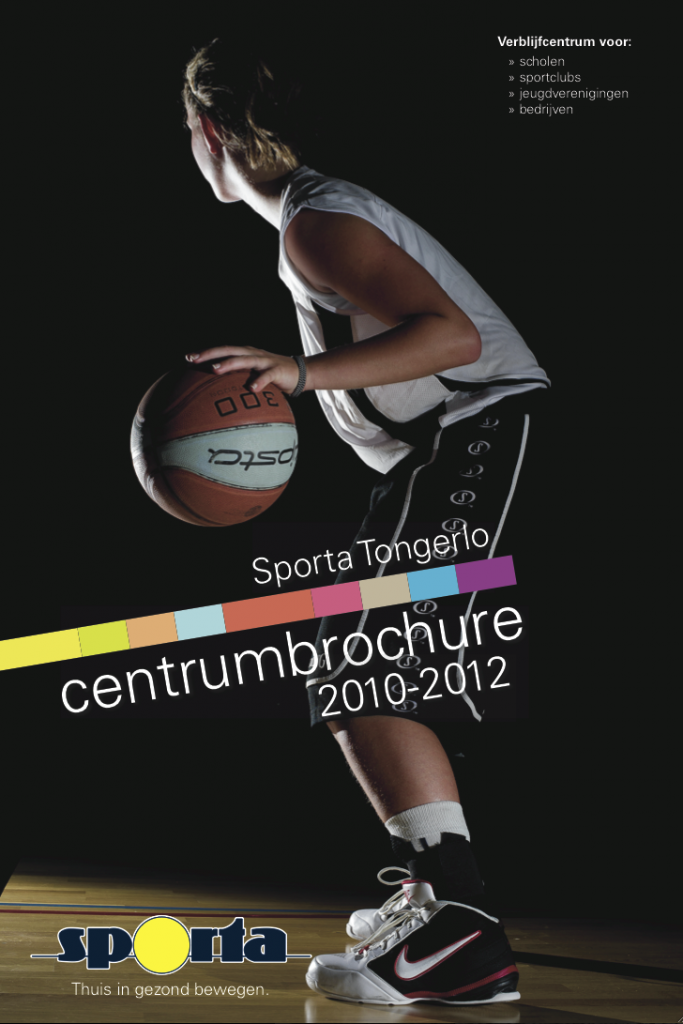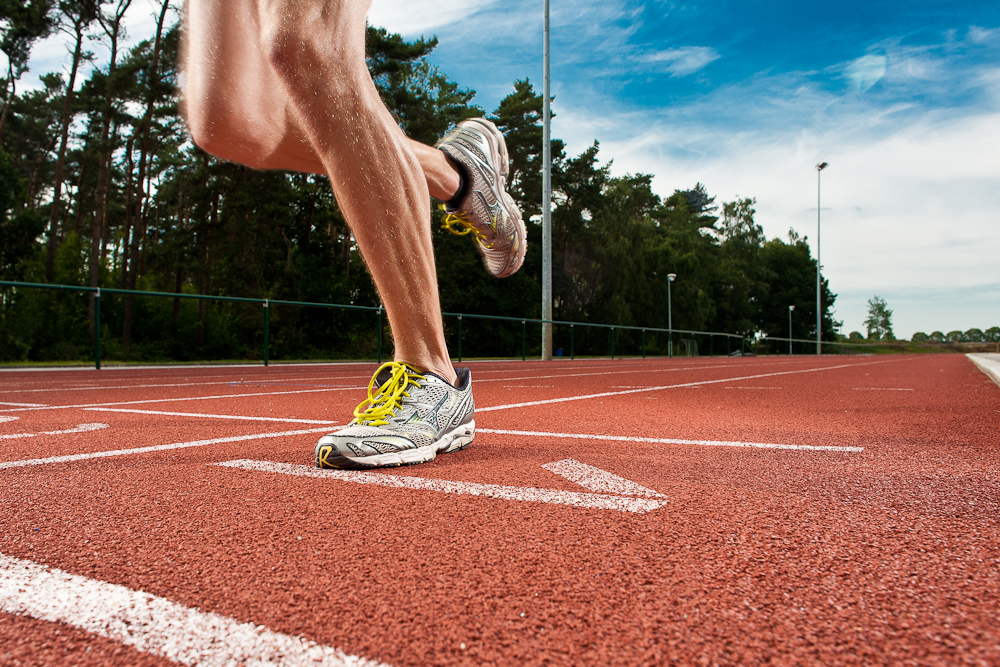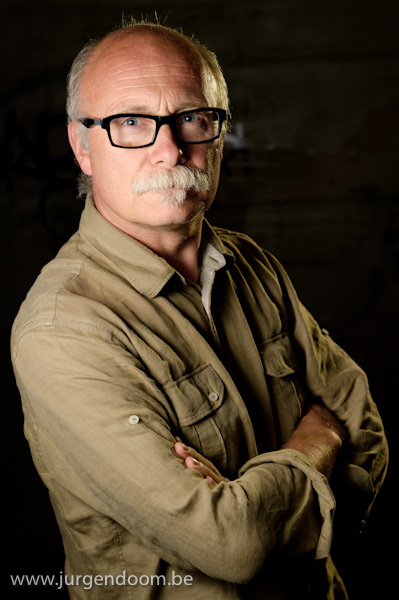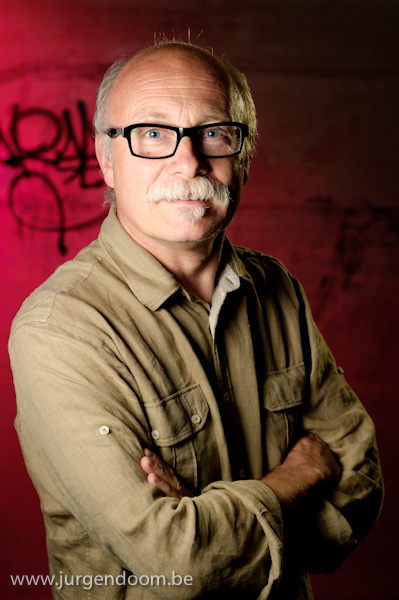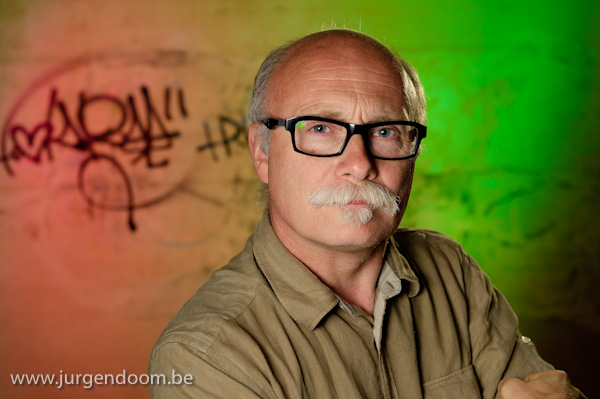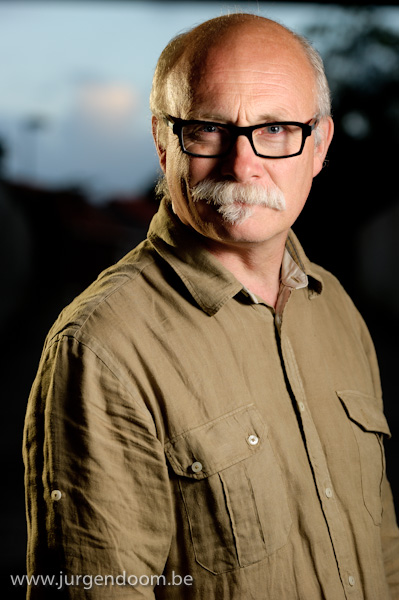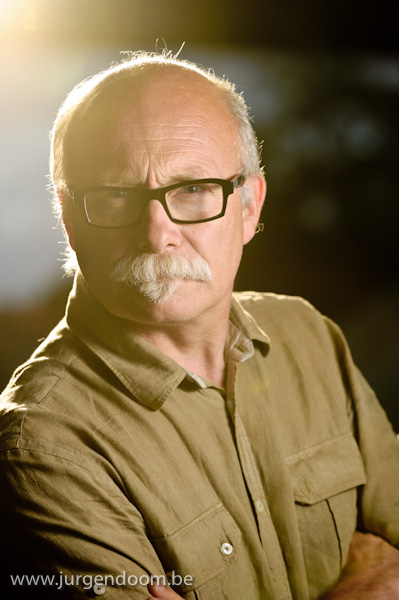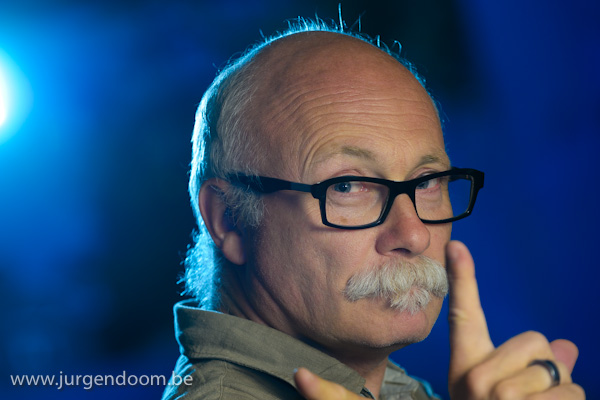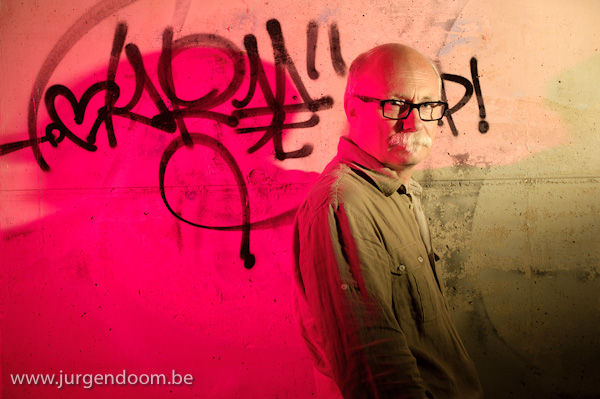Workshop flitsfotografie en Lightroom: From Speedlight To Lightroom
Nieuwe datum voor deze eendaagse workshop: zaterdag 23 oktober 2010 in Gent, van 9 tot 18 u.
Fotografen Piet Van den Eynde (Gent) en Jürgen Doom (Leuven) stellen samen ‘From Speedlight to Lightroom’ voor: een intensieve en unieke ééndaagse workshop rond flitsfotografie met reportageflitsen en post-processing met Adobe Lightroom.
Short story
Van flitsende fotoshoot tot afgewerkte grootformaat afdruk onder begeleiding van freelance fotograaf Jürgen Doom en Adobe Certified Expert en fotograaf Piet Van den Eynde. Dat is het concept van deze intensieve, drieledige ééndaagse workshop:
- in het eerste deel leert Jürgen je de theorie en de praktijk om met je reportageflitser (Nikon Speedlight, Canon Speedlight of andere losse flitser) betere foto’s te maken;
- in het tweede deel toont Piet je hoe je in Adobe Lightroom, hét professionele raw-workflow pakket bij uitstek, je beelden kan corrigeren, retoucheren en bewerken;
- tenslotte druk je, onder deskundige begeleiding, de beste foto van de dag af op een grootformaat professionele Epson inkjetprinter.
For who?
Deze cursus is bedoeld voor iedereen die verder wil gaan dan de ingebouwde flitser en de automatische stand van zijn digitale reflexcamera en moeite heeft met externe flitsen. Je leert verschillende mogelijkheden en setups om je flitsfotografie tot een hoger niveau te brengen.
Een fotoshoot eindigt echter niet met de opname. Het unieke aan deze workshop is dat je je raw-beelden daarna onder begeleiding van Piet importeert in Adobe Lightroom om ze te retoucheren en volgens verschillende stijlen af te werken. Je zult leren werken met presets om sneller tot goede resultaten te komen.
Bekijk de video van een workshop hier.
Workshop flitsfotografie door Jürgen Doom and Basiscursus flitsfotografie on Vimeo.
Who’s who?
Jürgen Doom is freelance fotograaf en werkt voor diverse opdrachtgevers, gaande van reclame- en mediabureaus, over redacties van tijdschriften tot bedrijven en multinationals. Door zijn praktijkervaring met flitsfotografie op locatie en ervaring met consultancy en lesgeven, verlopen zijn gestructureerde workshops steeds helder en ‘to-the-point’. Ze zijn praktijkgericht, begrijpbaar en boeiend voor zowel de beginnende als gevorderde amateur- en beroepsfotograaf. Behalve zijn Speedlights kent Jürgen ook zijn Lightroom: hij gebruikt het pakket immers dagelijks voor de bewerking van zijn digitale beelden.
Piet Van den Eynde is eveneens freelance fotograaf en Adobe Photoshop Certified Expert (CS3). Hij is auteur van het boek ‘Lightroom 2 Ontmaskerd’ en geeft inleidende en gevorderde workshops rond Adobe Lightroom. Behalve zijn Lightroom, kent Piet ook zijn Speedlights: vorig jaar doorkruiste hij Zuid-Oost Azië en India per fiets, gewapend een digitale reflex, een flits en een flitsparaplu.
Wat leer je allemaal op ‘From Speedlight to Lightroom’?
In ‘From Speedlight to Lightroom‘ neemt Jürgen het “speedlight” gedeelte voor zijn rekening. Hij gaat hierbij in op de verschillende aspecten van flitsfotografie; hoe stel je je camera in? Hoe stel je je flits in? Hoe krijg je zacht of hard licht? Wat doen kleurfilters? Hoe werk je met meerdere flitsen? Hoe mix je flitslicht met omgevingslicht om tot dynamische beelden te komen, …?
De theorie wordt uitgelegd aan de hand van vooraf opgenomen beelden, die de verschillende flitstechnieken en belichtingsmethoden illustreren.
Je ontvangt deze beelden digitaal alsook de een toelichting met instellingen van camera en flits. Zo kan je thuis de verschillende setups nog eens overdoen.
Na deze inleiding – die ongeveer 2 uur duurt – trekken we de buitenlucht in voor de praktijk. Als cursist krijg je zelf volop de gelegenheid om de theorie in te oefenen in verschillende scenario’s, onder begeleiding van Jürgen en Piet. Uiteraard is er een model van de partij.
Nadien neemt Piet over voor het gedeelte ‘nabewerking in Lightroom’. Na een inleiding rond Lightroom, bewerken we je beste foto’s. Je zult met Lightroom het onderste uit je Raw-bestand halen en dezelfde foto volgens verschillende stijlen ontwikkelen. Je krijgt meteen ook de basis mee van een goede en efficiënte Lightroom-workflow.
Tot slot van deze goedgevulde dag wordt je favoriete foto afgedrukt op een state-of-the-art inkjetprinter.
Praktisch:
Deze all-inclusive workshop wordt gelanceerd aan de introductieprijs van 195 € (incl. BTW) en omvat:
- een syllabus over flitsfotografie
- vooraf opgenomen beelden en bijhorende uitleg
- koffie, frisdranken & versnaperingen
- broodjeslunch
- model (voor alle duidelijkheid: het model mag je niet meenemen!)
- grootformaat print
Wat moet je zelf meebrengen?
- Je camera + lenzen
- Een losse flits, indien je die hebt (anders leen je er gerust een van ons)
- Een laptop, indien je die hebt, met Lightroom 2 (eventueel een trial-versie). Voorkennis is niet nodig. Je kan de trial versie hier downloaden.
- De energie om er een boeiende dag lang fotografisch in te vliegen!
De workshop start om 9u stipt, ontvangst vanaf 8u30. Details ontvangt u op het moment van inschrijven.
Inschrijven
Het aantal deelnemers is beperkt. Inschrijven kan via mail naar speedlight [at] jurgendoom [dot] be (voor Leuven, 13 maart) of speedlight [at] lightroom [dot] be (voor Gent, 24 april).
Je kan Jürgen ook contacteren via de contactpagina van deze site.

